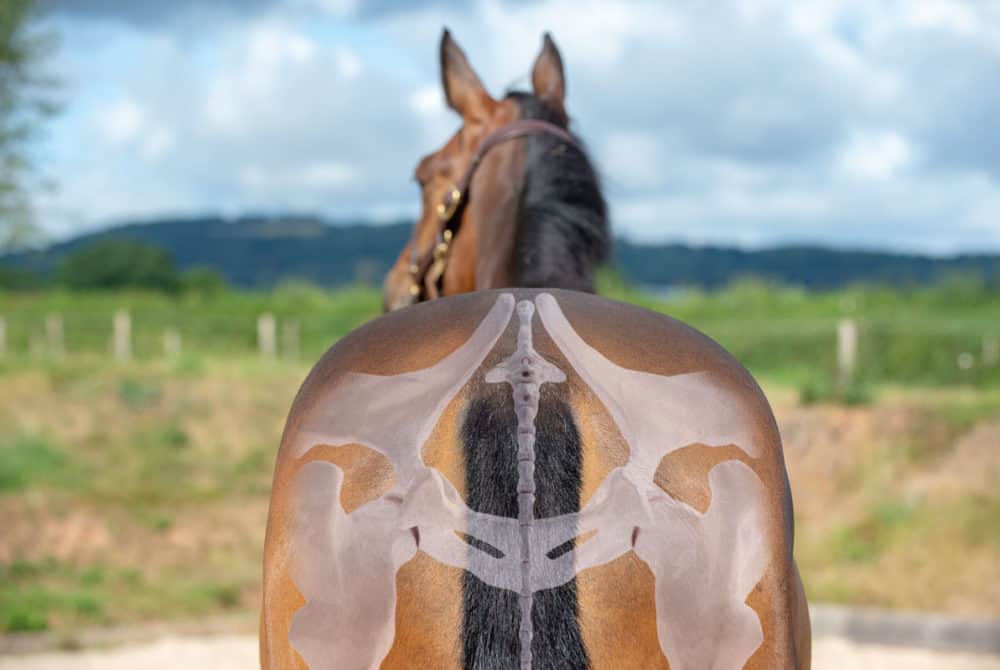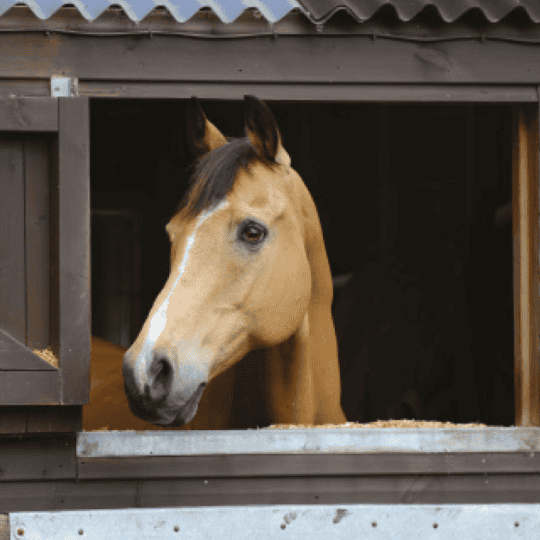Sacroiliac disease, explained
Posted 20th May 2021
It’s one of the veterinary world’s newest culprits in poor performance, but how much do you know about sacroiliac disease?

Sacroiliac disease is one of the 21st century’s equine veterinary buzzwords. It’s a newly recognised condition that vets are seeing increasingly often in performance horses, though the diagnosis is appearing just as often on DIY livery yards as top competition stables. It can affect any horse and its subtle signs of poor performance can be tricky for many owners to pick up on – worse still, it can be confused for several other difficulties, laziness or a simple lack of strength or balance. That’s why it’s important to be able to identify and address any signs your horse shows.
Anatomy
The sacroiliac joint connects the spine and sacrum to the pelvis. It’s a fibrous joint that bears weight through the hindlimbs to the spine. There are two joints, one on each side, and each is made up of two bones – the sacrum (part of the spine) and the ilium (part of the pelvis). It’s a complex network of ligaments and connective tissue.
Causes
The origins of a sacroiliac problem are complex, but typically disease or problems with the region can be considered either…
- primary Originating from the sacroiliac region, this could include degeneration of the joint (arthropathy) or direct trauma, such as a fall that damages the bones or ligaments
- secondary Hindlimb lameness can result in a biomechanical alteration and abnormal usage of the sacroiliac region, resulting in pain. Furthermore, poor saddle fitting and incorrect shoeing or a hoof imbalance can also contribute to sacroiliac pain
Pick up your copy of July Horse&Rider, on sale 27 May 2021, to find our more about the signs and treatments for sacroiliac disease.










